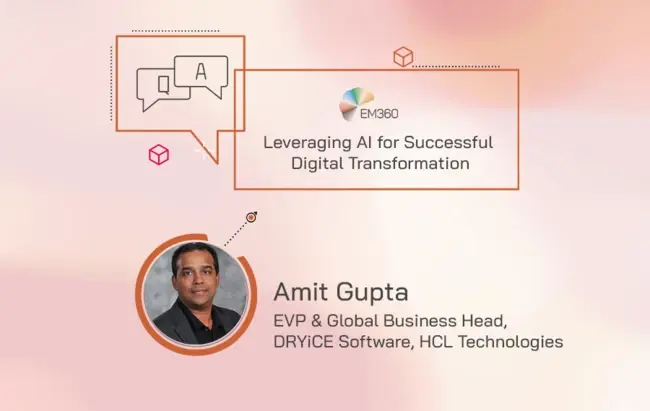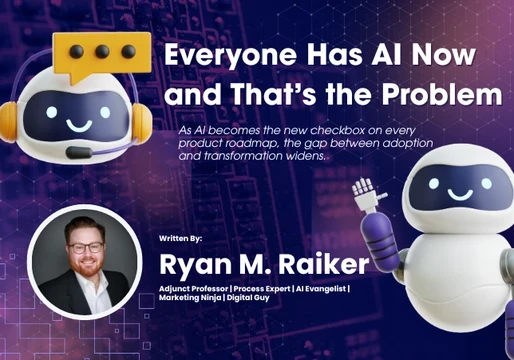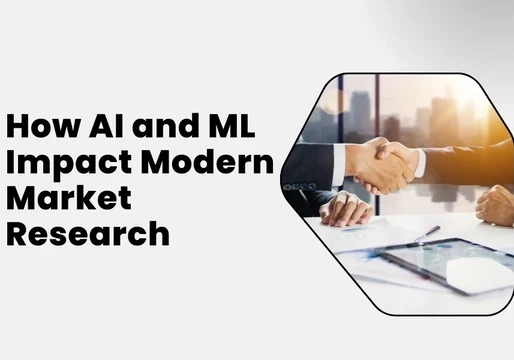Digital transformation is at the heart of business resiliency in today’s digital-driven world. Senior leaders must integrate digital technologies across the entire enterprise in order to survive and thrive, with data, technology, process, organisational change, and, more recently, intelligence, at its core. Business technology experts have been harping on about the power of Artificial Intelligence (AI) for digital transformation success over the past few years, highlighting its ability to help businesses to become more adaptive, flexible, and innovative.
Amit Gupta, EVP & Global Business Head, DRYiCE Software at HCL Technologies, knows all too well about AI-driven digital transformation. Having worked at the global technology solutions company for over 11 years, heading their dedicated AI software division DRYiCE and writing about AI’s crucial role in digital transformation, Amit is a keen advocate for leveraging AI to better the enterprise. In this week’s QnA, we ask him the burning questions that organisations need the answers to.

Why do you think AI is the key to digital transformation success?
AI is now at the heart of digital transformation, offering enterprises the actionable insights they need to drive higher productivity and efficiency through automation. AI already has some great use cases in helping to accelerate digital transformation; from automated chatbots that create more seamless omnichannel experiences to supply chain automation that helps to simplify order processes. Organisations that manage to harness AI successfully and at scale will be the ones charging forward to create a wealth of opportunities in the digital future.
In 2018, you wrote a blog entitled ‘Assuring True Digital Transformation with the Power of AI’, in which you commented on the state of digital transformation and AI adoption in the enterprise. How has the movement evolved since then?
In the last three years, digital transformation strategies have matured considerably. Organisations are quickly realising they need to move away from ’point’ digital transformation programs, where AI is applied on a case-by-case basis to support other technologies being adopted. Instead, they are realising the need for a more integrated, end-to-end solution-focussed approach, where AI is hardwired into the capabilities the enterprise is working to deploy. However, AI adoption is still within its infancy and there’s lots more that needs to be done to ensure its long-term success. It takes more than the simple flick of a switch for AI to reach its full potential.
What key factors do businesses need to consider when adopting and leveraging AI at scale?
Businesses need to consider that it can be difficult to scale AI unless they find a way to remove its inherent complexities by deploying it as part of a purpose-built solution, which simplifies and solves challenges. If they don’t take the time to identify what those challenges are and consider how AI can simplify them, organisations run the risk of doing the opposite, adding complexities for little-to-no return. For AI to make lives easier, not harder, it must be applied in a way that is easy to understand and implement at scale without constant expert attention. Although setting up these capabilities could take upwards of a year for an organisation without in-house expertise, it is achievable in 2-4 months with a partner that has the right frameworks and knowledge in place.
Can you give us a case study example of how DRYiCE is helping companies to leverage AI?
A major American medical technology company that develops medical devices needed help to manage its complex IT infrastructure and application landscape. It also needed to boost its customer satisfaction following long incident resolution cycles and low first call resolution rates. With the adoption of DRYiCE iAutomate, the company was able to seamlessly manage the multiple technologies and vendors in its infrastructure stack more efficiently, with end-to-end automation improving the accuracy and speed of resolutions.
We also work with a leading French energy provider that produces and markets fuels, natural gas, and low-carbon electricity. The company was struggling to achieve visibility and control over its end-to-end business processes to optimize operations effectively. Using DRYiCE iControl, the organisation was able to achieve early notifications of any issues and outages before they occur, get better visibility into dependencies and flows between applications and infrastructure, and solve business challenges more easily.
Utilising AI in business is never straightforward and always comes with challenges. What kinds of obstacles are organisations likely to face when implementing AI-driven digital transformation and how can they overcome them?
One major obstacle that exists is that there’s still an inherent distrust of technology, with employees reluctant to hand over any form of control or responsibility to AI. As a result, it’s important enterprises build trust over time, moving from zero, to partial, and eventually full automation. As part of this process, IT leaders should make it more likely that the technology will be accepted by making AI as human as possible. Natural Language Processing (NLP) should be utilised so AI can mimic human conversations and over time learn to understand human emotions.
Another roadblock to AI is that it’s challenging to roll out at scale across the entire business. Once enterprises have identified where they want to put AI to use and how, it’s critical they can give it as wide a scope as possible to ensure the benefits are scalable. For example, Robotic Process Automation (RPA) is growing in popularity for its ability to simplify specific tasks within a complex business process. However, this only scratches the surface of what AI can achieve, as not all business flows follow a straight line and jump from one application, or one business silo, to another. As a result, manual intervention is often still required, limiting the impact of automated workflows.
To overcome this, organisations should embrace a more mature, solution-focused approach to RPA through Business Process Observability (BPO). This enables both IT management and operational teams to take proactive, effective action when there is a threat of disruption. Taking a bank as an example, if an IT team was using RPA for payment processing, it wouldn't automatically be informed about problems that arise in that business flow. If a message is not passed on, a payment could fail and the customer relationship be damaged as a result. BPO guarantees issues identified by AI are not overlooked, putting businesses in a prime position to predict, prevent, and remediate issues before there is any adverse impact.







Comments ( 0 )